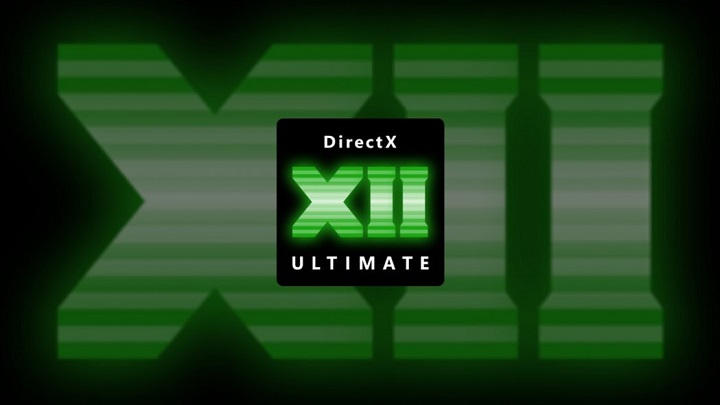Microsoft Presents DirectX 12 Ultimate - Watch Demo in Action
Microsoft has presented the latest version of its graphics library - DirectX 12 Ultimate. The novelties, which the company boast about, mainly concern DirectX ray tracing, which received version 1.1. Its operation can be seen in the attached demos.

- Microsoft introduces the new DirectX 12 Ultimate library.
- DX12 introduces a number of future-oriented changes, the most important being DirectX Raytracing 1.1.
- Games developed for the new library will be backward compatible.
It's becoming increasingly clear that Microsoft is serious - the company has just announced DirectX 12 Ultimate, the most advanced graphics library in its history, to bring PC and Xbox Series X closer together. One of the big neovelties is DirectX Raytracing 1.1, which was shown on a material prepared by AMD.
Ready for the future
According to the library's creators, it supports all the graphic standards of next-generation hardware. These include DirectX Raytracing, Variable Rate Shading, Mesh Shaders, and Sampler Feedback. This set of features is intended to ensure full readiness for the future.
It should also be noted that DX12 Ultimate will not affect older hardware that will not be able to take full advantage of its capabilities. Microsoft taken care of compatibility, and games that use DX12 Ultimate will also run on platforms that do not support this hardware standard.
Also ray tracing is evolving, and there are several significant new features:
- GPU Work Creation enables using ray tracing technology from now on. In simple terms, this means that the GPU can now immediately execute such instructions without sending unnecessary queries to the CPU.
- Streaming processors can now load ray tracing shaders more efficiently as the players look around and quickly generate new objects.
- An alternative form of ray tracking - inline ray tracing is also available. This will allow developers to have more control over the light and not leave everything to the system that is responsible for dynamic shading.
If you're curious to see how these novelties look in practice, you can take a look at the following technology demos - one came from AMD, which has been involved in the design of DXR 1.1 and is expected to introduce support for it in the upcoming AMD RDNA 2 architecture. There was also a demo from Nvidia, which said that the competition can say what they want, but they are the only ones to offer cards that support DX12 Ultimate, namely the GeForce RTX Series products.
- Microsoft Teams will now monitor who is actually working in the office. And the boss will be able to check it at any time
- „Let him sit in the middle of this stupid office.” Microsoft CEO wants everyone to work in open space, not remotely
- George R.R. Martin asked ChatGPT to write a sequel to Game of Thrones, then took the result to court
0
Latest News
- End of remote work and 60 hours a week. Demo of Naughty Dog's new game was born amid a crunch atmosphere
- She's the new Lara Croft, but she still lives in fear. Trauma after Perfect Dark changed the actress' approach to the industry
- „A lot has become lost in translation.” Swen Vincke suggests that the scandal surrounding Divinity is a big misunderstanding
- Stuck in development limbo for years, ARK 2 is now planned for 2028
- Few people know about it, but it's an RPG mixing Dark Souls and NieR that has received excellent reviews on Steam, and its first DLC will be released soon

